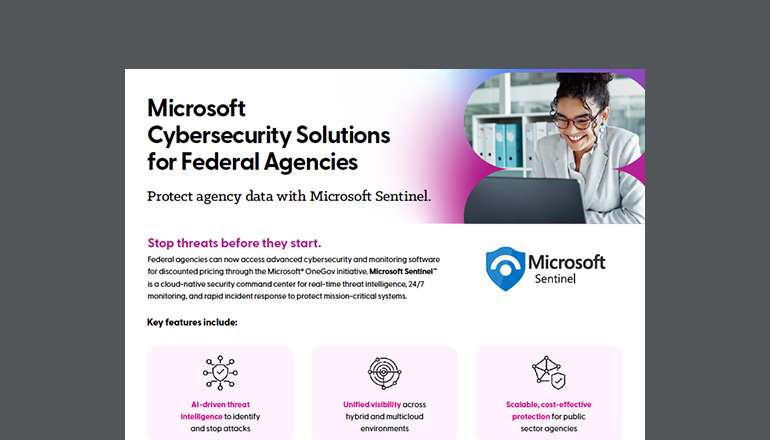Blog Enterprise Cloud Migration Made Easier With Azure NetApp Files
By Kent Christensen / 2 Feb 2021 / Topics: Microsoft Azure Cybersecurity

If you’re questioning whether you should move enterprise applications that need high performance to the cloud, or if your journey to move them is already underway, then you want to ensure you’re on the right path. Too often the lack of solid migration strategy forces companies to pull data back or stop the process altogether.
Cloud is everywhere. As a survey of IT leaders found, maybe you are like the 61% considering the cloud to save money, or the 57% going to cloud to enable innovative capabilities, or the 30% making the move because your data centers are ready to burst. Or maybe you’re one of the 23% who have been given a general directive because it seems like everyone is going.1
It’s gone mainstream because it can deliver big benefits, but there’s a caveat. You have to get the data part right to reap the rewards and keep costs down. And doing data right is hard.
Here’s how to get data right
There are four attributes to data that must be considered:
- It’s heavy.
- It’s important (some, even more so).
- It’s got a temperature (hot/high performance versus cold/stagnant).
- It’s got a lifecycle.
These four attributes make data a challenge — one that requires careful planning and a great deal of thought. No one solution fits all data challenges. However, for certain situations, Azure NetApp Files (ANF) is very viable. With Azure NetApp Files, you zero in on certain workloads where there is a fit. It helps take your important data to the cloud without impacting performance.
Many applications were never designed to be run in the cloud, they were built to run in the data center. This is particularly true when it comes to complex enterprise application workloads, such as:
- Billing systems
- Point-of-Sale (POS) and order entry systems
- Financial analysis and ERP planning
- High-performance design applications used for engineering and manufacturing
- Modern applications that rely on Artificial Intelligence/Machine Learning (AI/ML), facial recognition, edge computing, etc.
- Customer-facing applications with ultra-low latency demands
- Supply chain systems
Many of those applications share a commonality — they need to quickly and reliably access a lot of data. If you are in the strategy stage, then you are probably wondering how to get your data to the cloud while still getting the performance and security you need. How can you roll it out successfully, so your efforts aren’t for nothing once you get there?
Migrating enterprise applications to the cloud
In the past, it’s been challenging to move SAP, Oracle, Linux-based applications and other high-performance workloads to Microsoft Azure because that migration frequently necessitated changing the application — a reality that is often complex, costly and comes with substantial risks.
If you did spend the time and money to migrate the application, then you likely faced drops in performance; issues around data management, reliability, and availability; and unexpected expenses specifically in the applications that require fast and reliable data access.
We feel your pain points — then we solve them
We focus on clients’ individual pain points and create custom plans to help them modernize based on their needs. Providing a range of industry-leading solutions for our clients ensures they find exactly the right fit.
There is no such thing as a fix-all solution, but Azure NetApp Files certainly does eliminate, or at the very least minimize, many common problems we see when enterprises move mission-critical workloads to the cloud.
Azure NetApp Files is worth exploring
Azure NetApp Files is built directly in Microsoft Azure and expedites cloud migrations by delivering availability, performance, data management and data protection.
It offers the performance required for (massive) seismic processing and reservoir simulation workflows and is secure enough to protect the most sensitive data.
We understand there are many challenges to cloud adoption — whether you’re going cloud first, hybrid or private. As infrastructure and architecture experts, we are here to help you clarify your objectives while mapping out the safest, most cost-effective and most reliable migration journey for you.
We have found that there are four pillars necessary for successful enterprise applications:
- Performance
- Security
- Business continuity
- Scale
Microsoft and NetApp have worked together to provide an advantage for each pillar. At Insight, we pride ourselves on helping our clients find the right solutions. Azure NetApp Files is an option worth exploring in certain situations.
Source:
1 Datometry. Replatforming On-Premise Data Warehouses to the Cloud. https://datometry.com/resources/surveys/cloud-data-warehousing-survey/



